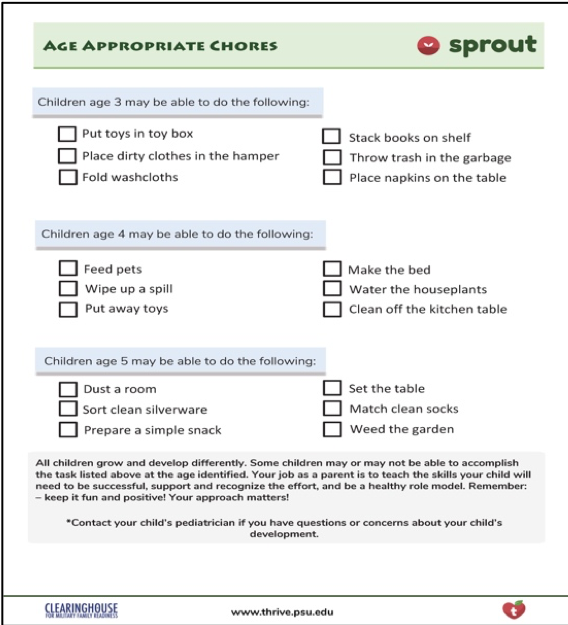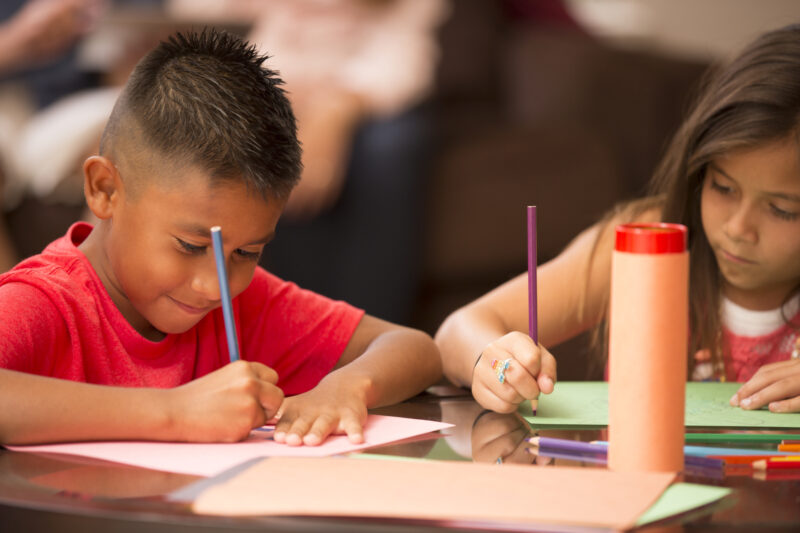Children begin to declare their independence while they are still infants! They will do all they can to communicate and claim their autonomy as the years fly by. Understanding your child’s need for independence, determining when your child is ready for more independence, or having the parental confidence to raise an independent child can be difficult.2
Autonomy is a normal internal drive. As children grow and develop, they begin experimenting with how their actions impact their environment. During this time, children are testing their cognitive skills and motor development by thinking and acting on their autonomous thoughts.
Here are a few things you can do to foster independence with your children
Create opportunities for autonomy
There are many opportunities that can be created for children to be successful in their quest for independence. For example, if you know your child enjoys getting his own snacks, place them on a shelf he can reach. It is also helpful to give your child opportunities to manipulate his environment. As frustrating as it can be for a parent, let your child dump the blocks on the floor or pull all the books off the bookshelf. When he is done, you can model helpful skills by asking him to help clean up.
Put them to work
Children are constantly on the go, and this energy may get them (or you!) into trouble. Give your child tasks to complete so she can channel and focus her energy. This will also help to also give her feelings of independence as she finishes tasks and knows a sense of accomplishment.
Give choices
There are situations in which children can feel like everything is out of their control, and they don’t have a say. Whenever you can give your child a choice, you are actively teaching them decision-making skills. Provide opportunities where you can present your child with acceptable choices, and allow him to have the power to choose! For example, ask your child if he prefers to go to the park or for a walk in the woods, or if he prefers apple slices or raisins for a snack.
Acknowledge, name, and recognize their emotions
It is not uncommon for children to demonstrate frustration when they are unable to complete a task – whether they are toddlers, teens, or young adults. Children cry, throw tantrums, and display actions of anger. This is part of their developmental process. In order to help your child develop positive social-emotional coping skills, it is important to name these emotions while also teaching her that healthy expressions of emotions are good.
As children grow into their teens and early adulthood, autonomy and independence remain crucial and impact social functioning.1 The quality of the parent-child relationship should remain positive in order to continue fostering those expressions of autonomy.1 Giving children opportunities to practice independence and experience autonomy helps them create a sense of mastery over their bodies, their minds, and their environments. These opportunities will have lasting positive effects. By supporting independence and critical thinking, intrinsic motivation is encouraged, and confidence is inspired well into adulthood.2
An example of age-appropriate chores (for preschoolers) to inspire independence:

References
- McElhaney, K. B. & Allen, J. P. (2001). Autonomy and adolescent social functioning: The moderating effect of risk. Child Development, 72(1), 220-235. Retrieved from https://www.ncbi.nlm.nih.gov/pmc/articles/PMC1551976/
- Michigan State University (n.d.). The little toddler that could: Autonomy in toddlerhood. Retrieved 12/07/2019 from https://www.canr.msu.edu/news/the_little_toddler_that_could_autonomy_in_toddlerhood

